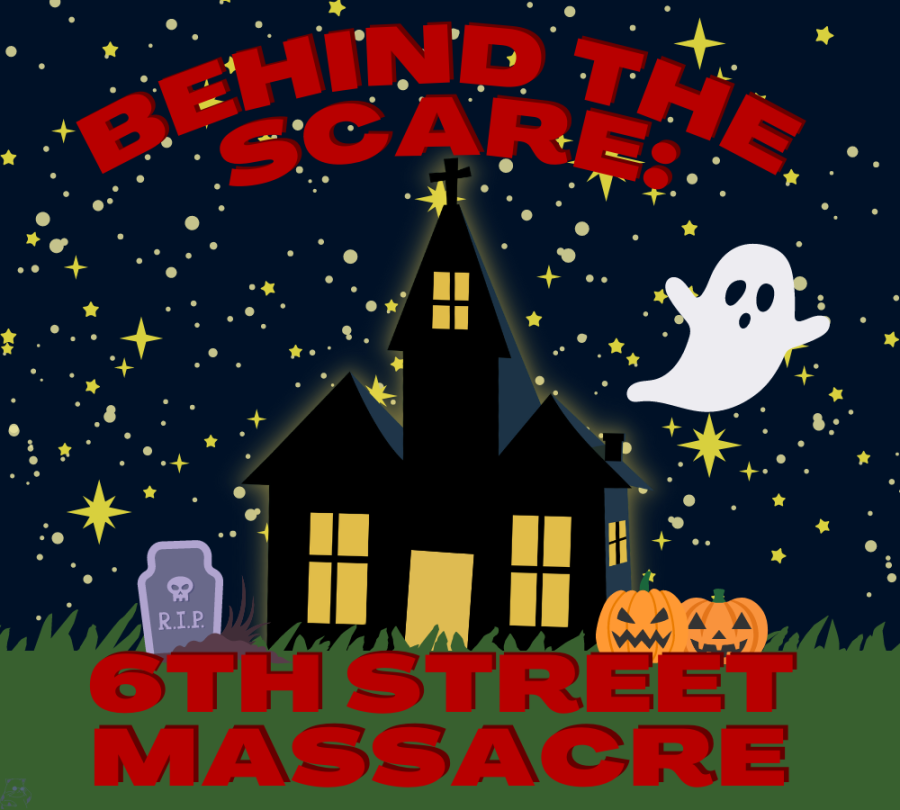6th Street Massacre’s success may come off as a mystery, but in reality it derives from three things: a layout that allows flexibility, character design, and solid preparation.
I used to work at 6th Street Massacre back in October, 2021. While working there, I gained the opportunity to watch a full scale haunted house function and all the work that went into it. The entire experience thrilled me but it also caused me to realize that more went into these attractions to make them successful than people give them credit for.
While in the attraction, most customers fail to notice everything around them because of the linear design they follow. However, almost every room in the haunted house has a secret door or accessibility for the actors working in it. These secret routes often give workers more ways to mix things up with their scares, provide quick ways to problematic customers seen on the cameras or possibly reported, or just as a way for workers to get out of the building without ruining the experience for customers.
Other than using secret routes, actors can make use of the building’s layout by hiding in blindspots or using the cracks in the wall that seem to abundantly appear. A lot of the blind spots include the wall right after the elevator which leads to great scares due to customers being frazzled, the crack in the wood next to the chairs in the cinema, and the silent hill room which basically blinds customers with hanging clothes.
Sometimes a good scare spot will not prove enough, as some customers are stubborn when it comes to fear. Then the character creation comes in handy, as a perfected scare persona paired with a decent spot, can scare anyone straight.
The preparation ties everything together as without preparation nothing would ever even happen. When I worked there the actors would often arrive around 7-7:30 to prepare their makeup or anything else they needed. Behind the attraction rests an actor’s trailer that keeps extra costume items such as wigs, fake weapons, or fancy clown shoes. While everyone gets ready the managers will usually walk around and ask people which room they’d like to participate in, whether or not they want to stay in a specific group, and if they’d be fine with a certain room that needs to fill up. Sadly, I did not get the opportunity to watch the “decorations” get put up, but I did get to see the entire house without them. It just looks like a normal building with extra tight halls.


